Have you ever looked at something you’ve made—a painting, a story, a project—and wondered, Is this done? Finishing can feel elusive, like trying to catch mist in your hands. But what if it’s not about forcing an ending but about listening for the moment when the work no longer needs you?
One of the questions I’m asked most often is: How do you know when a painting is finished?
For me, it’s all about feeling. There’s no set timeline, no rigid process—just an internal knowing. Some paintings come together quickly, while others take weeks or even months of layering, stepping away, and returning with fresh eyes.
I tend to work on multiple pieces at once, which helps me stay loose and unattached. If I get stuck, I set a painting aside and work on something else, making space for new ideas to emerge. Often, when I come back, I see exactly what the painting needs.
I know a piece is finished when it feels balanced—not in a perfectly composed way, but in a way that resonates emotionally. It’s that moment when I look at the painting and feel a sense of peace, as if nothing is asking to be changed. If I start adding marks and realize I’m taking things too far, losing the energy of the piece, I know it’s time to stop. It’s a delicate dance between refining and letting go.
Ultimately, finishing a painting is about trust—trusting the process, trusting the art itself. It’s about recognizing when a piece no longer needs me, when it feels complete on its own.
When I write, the process feels both similar and different. With essays, I can reread them, sense what’s missing, and easily fill the gaps. But with my nonfiction book—where chapters flow into each other, building toward a final message—it feels more daunting. Especially when I’m deep in the middle of it, it’s hard to know what to change or what the piece truly needs.
Little by little, though, it’s coming together. And just like with painting, I find that stepping away helps me find my flow. When I’m stuck—whether in a chapter, an essay, or even a painting—I’ve learned that taking a walk is one of the best things I can do. Movement stirs my thoughts, and ideas start to flow. I make sure to capture them—typing quick notes into my phone or recording voice memos—so I don’t lose them by the time I return home.
When I come back, I place those ideas where they seem to fit. Sometimes, they work instantly. Other times, they need adjusting, shifting, or even moving elsewhere. But they give me a next step—something to build on—so I can keep moving forward, one small step at a time.
And maybe that’s the real secret to finishing anything. Not racing to the end or striving for perfection, but simply listening—to the work, to ourselves—and taking the next small, true step. Trusting that, eventually, all those steps will lead us somewhere beautiful.
This is something we’ve been talking a lot about this week at my France retreat—how creative cycles show up in different ways and how trusting the ebb and flow of our process can be a form of letting go. It’s also something I dive deep into with my monthly painting membership, where we explore how to trust the process, listen to our work and honor the space between effort and surrender.
I can’t wait to share more details with you about France, my incredible inspirations, and all the experiences unfolding here. I feel so inspired by this journey and I can’t wait to bring you along with me.
So if you’re standing at the edge of a project, unsure whether it’s ready or whether you should begin again, know this: the answer will come. Your work will tell you when it’s time. And in the meantime, keep showing up. Keep creating. The beauty is already unfolding.
All photos and artwork by Juliette Crane





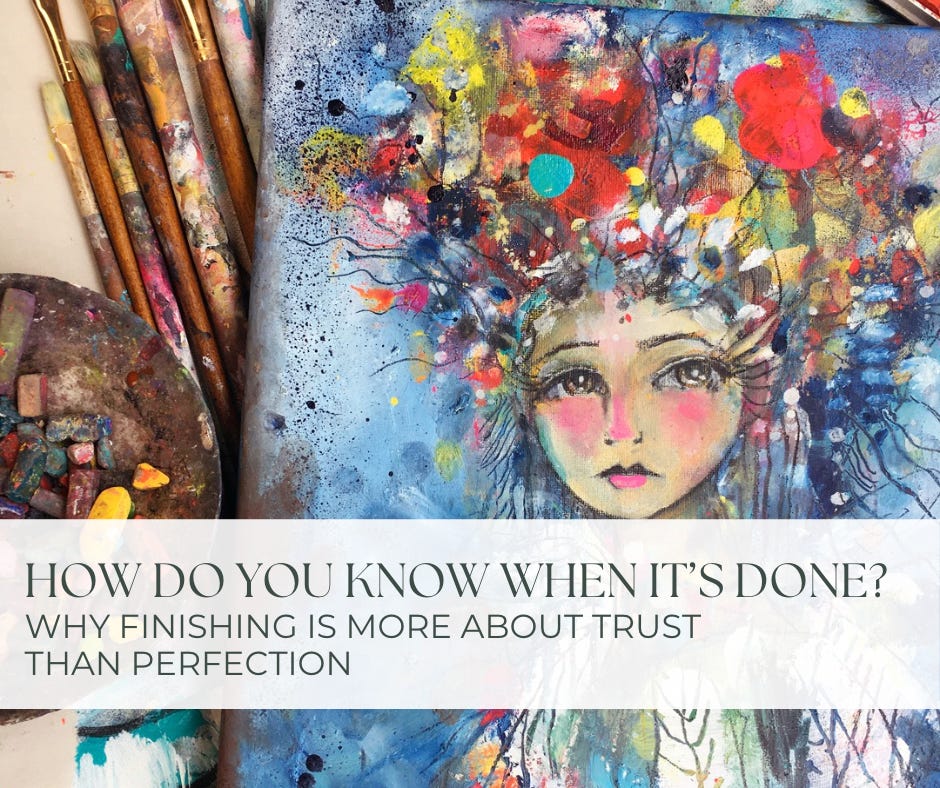
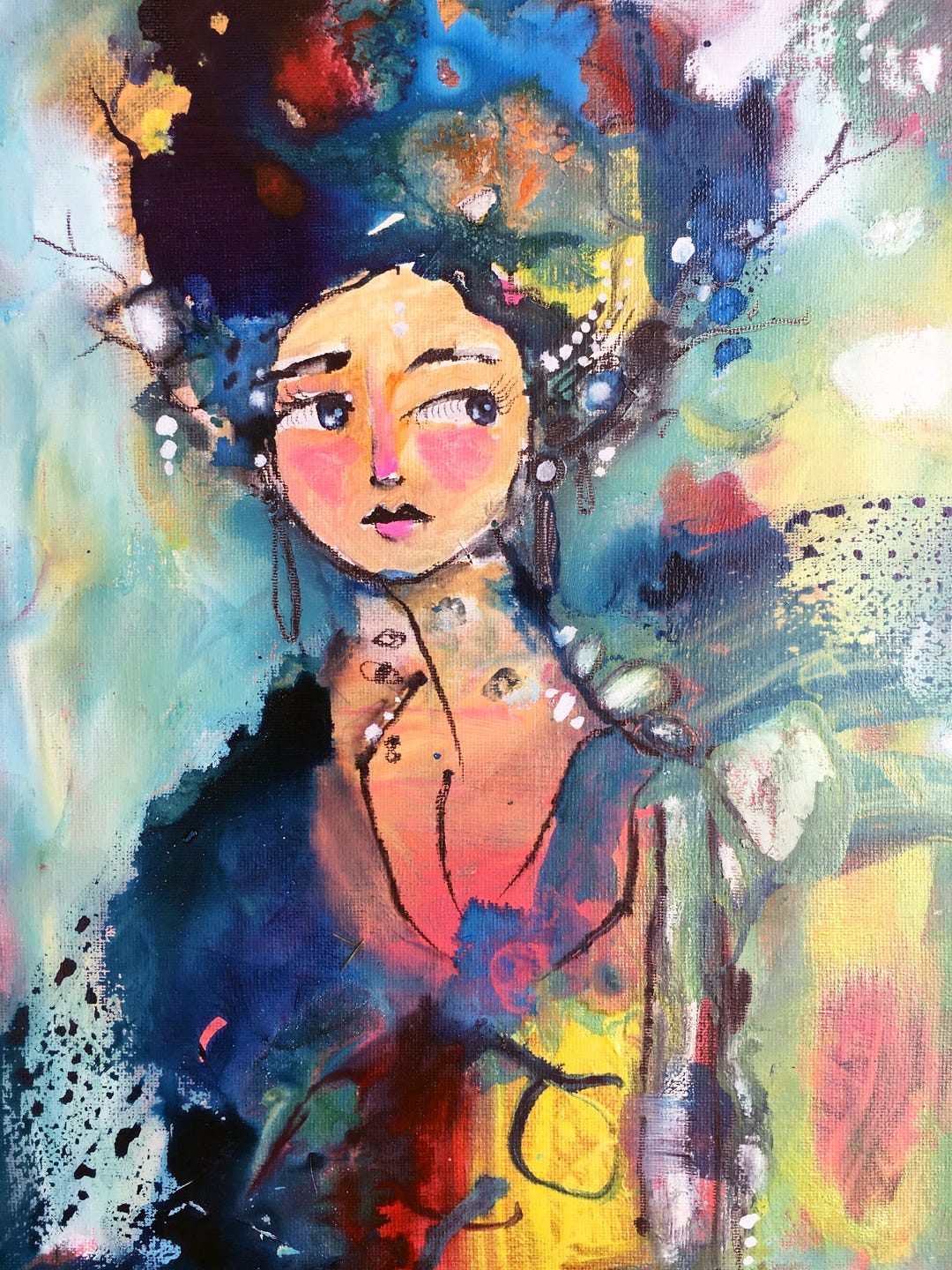
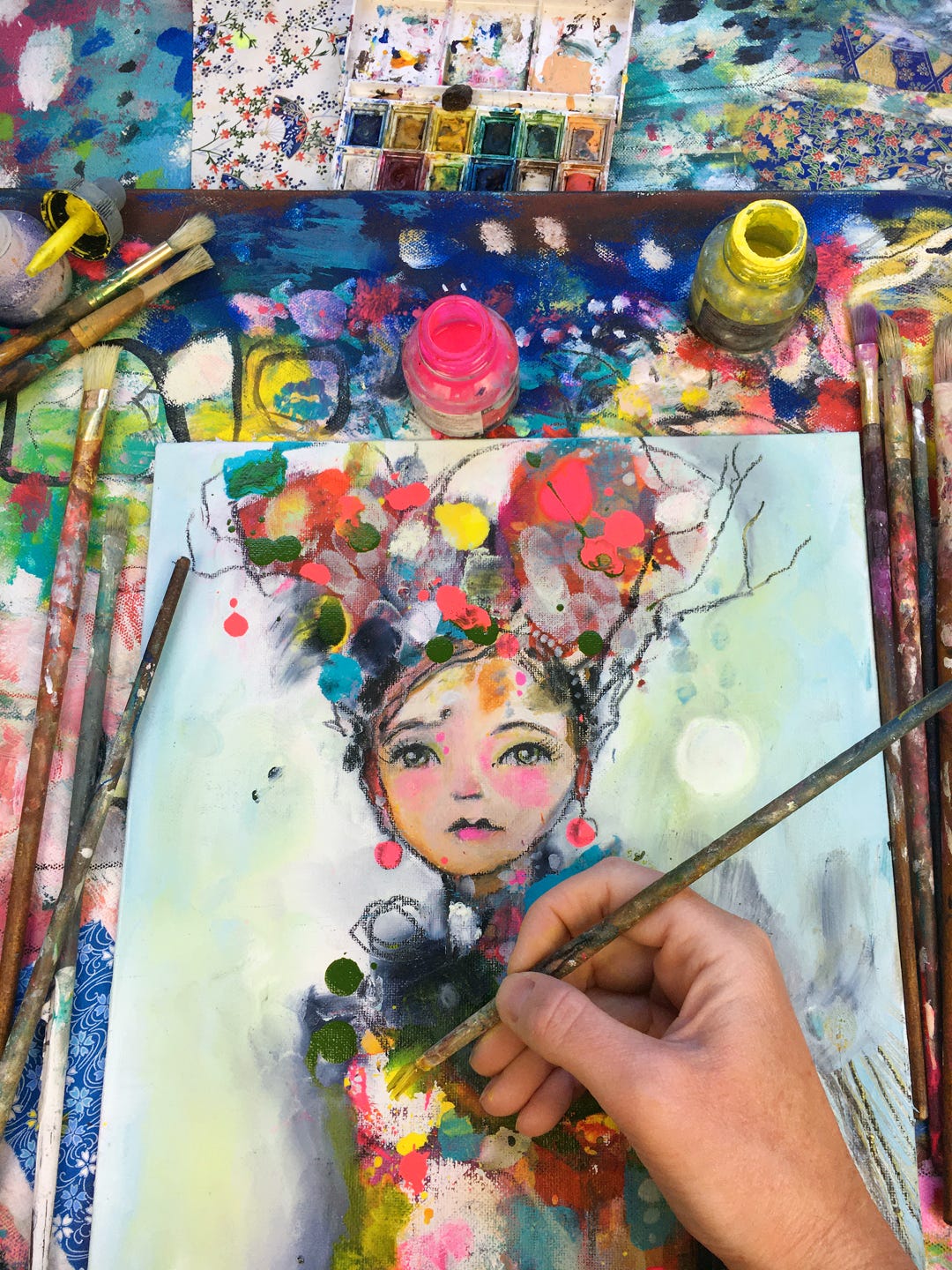
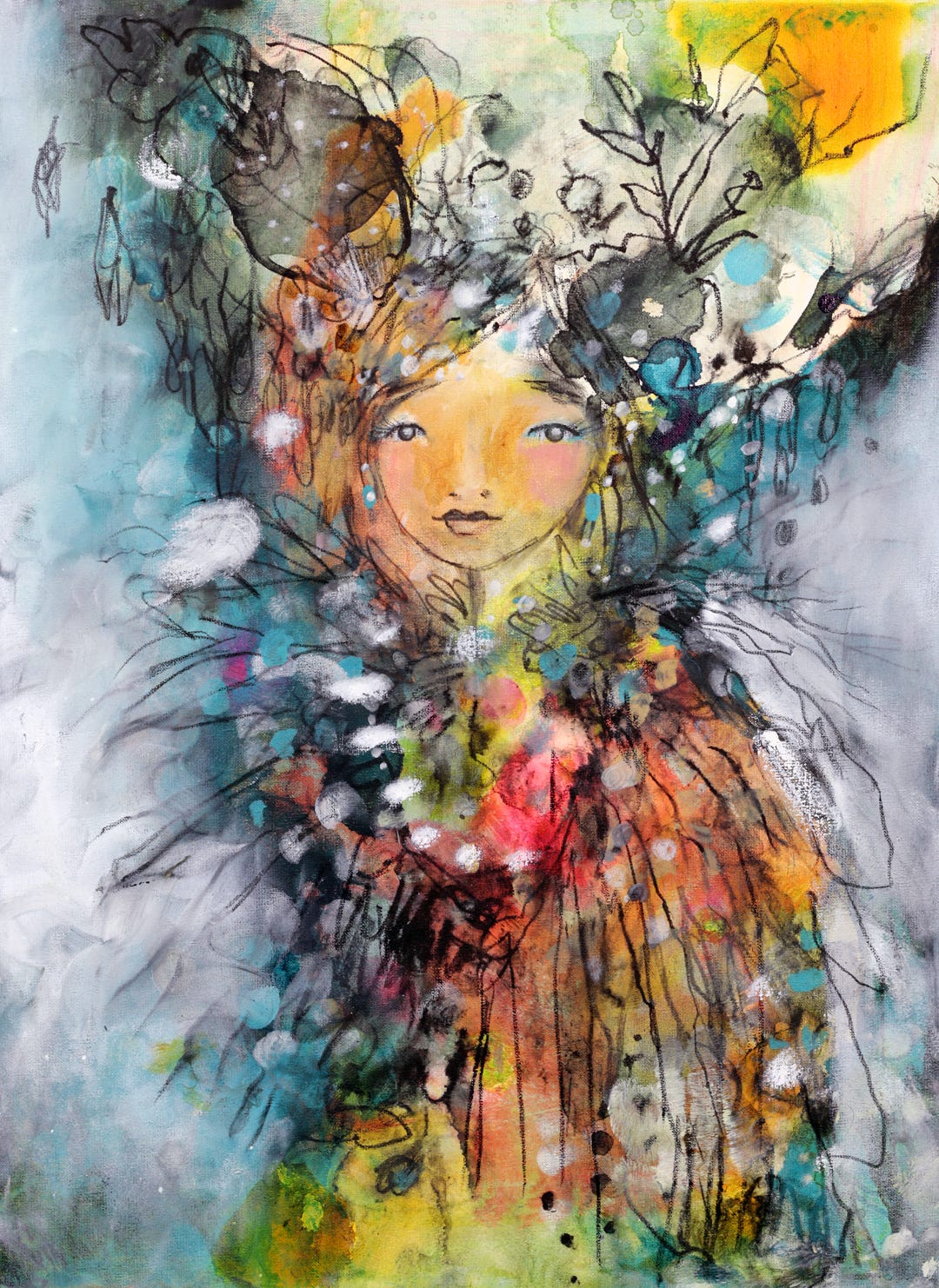
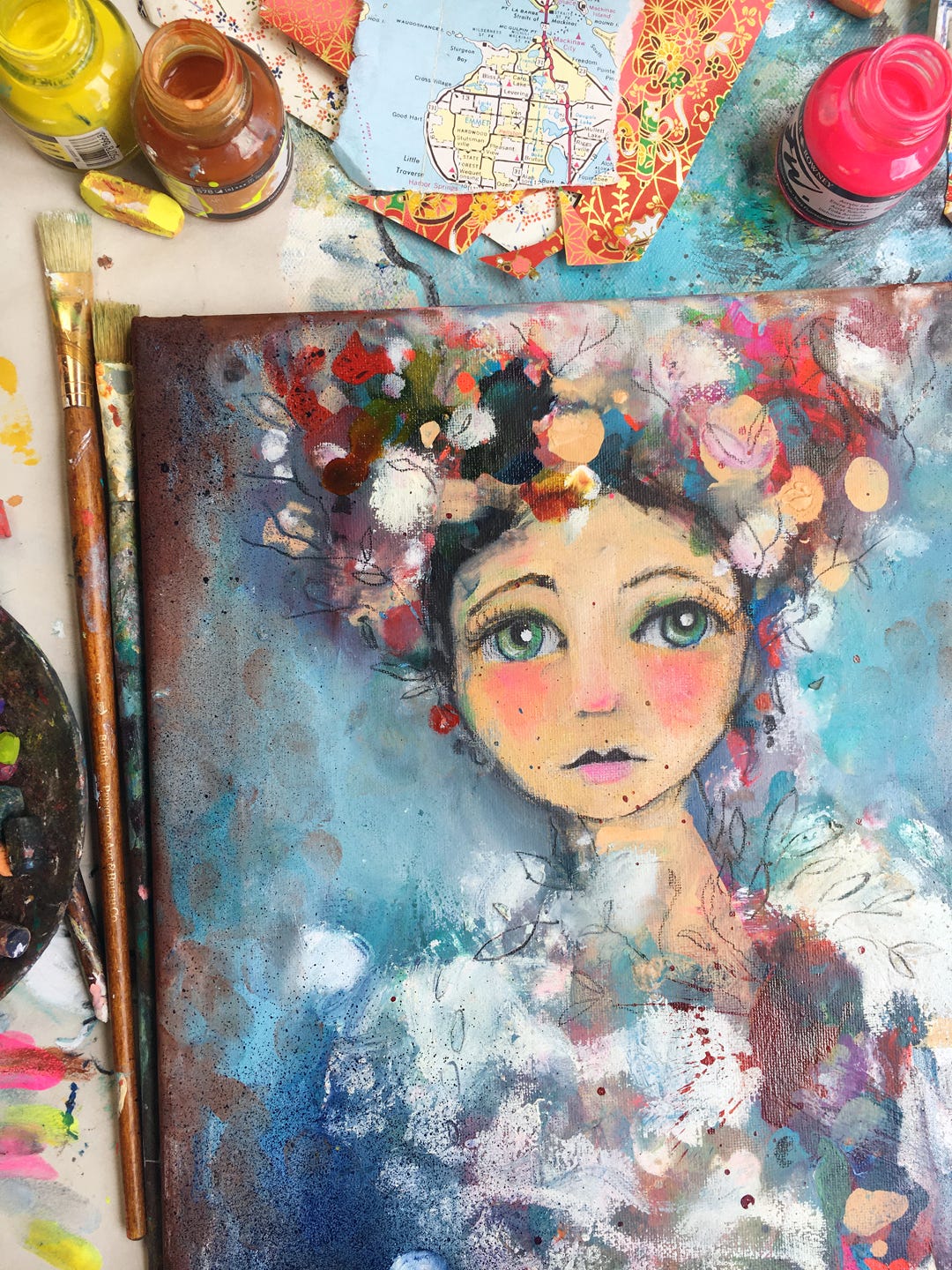
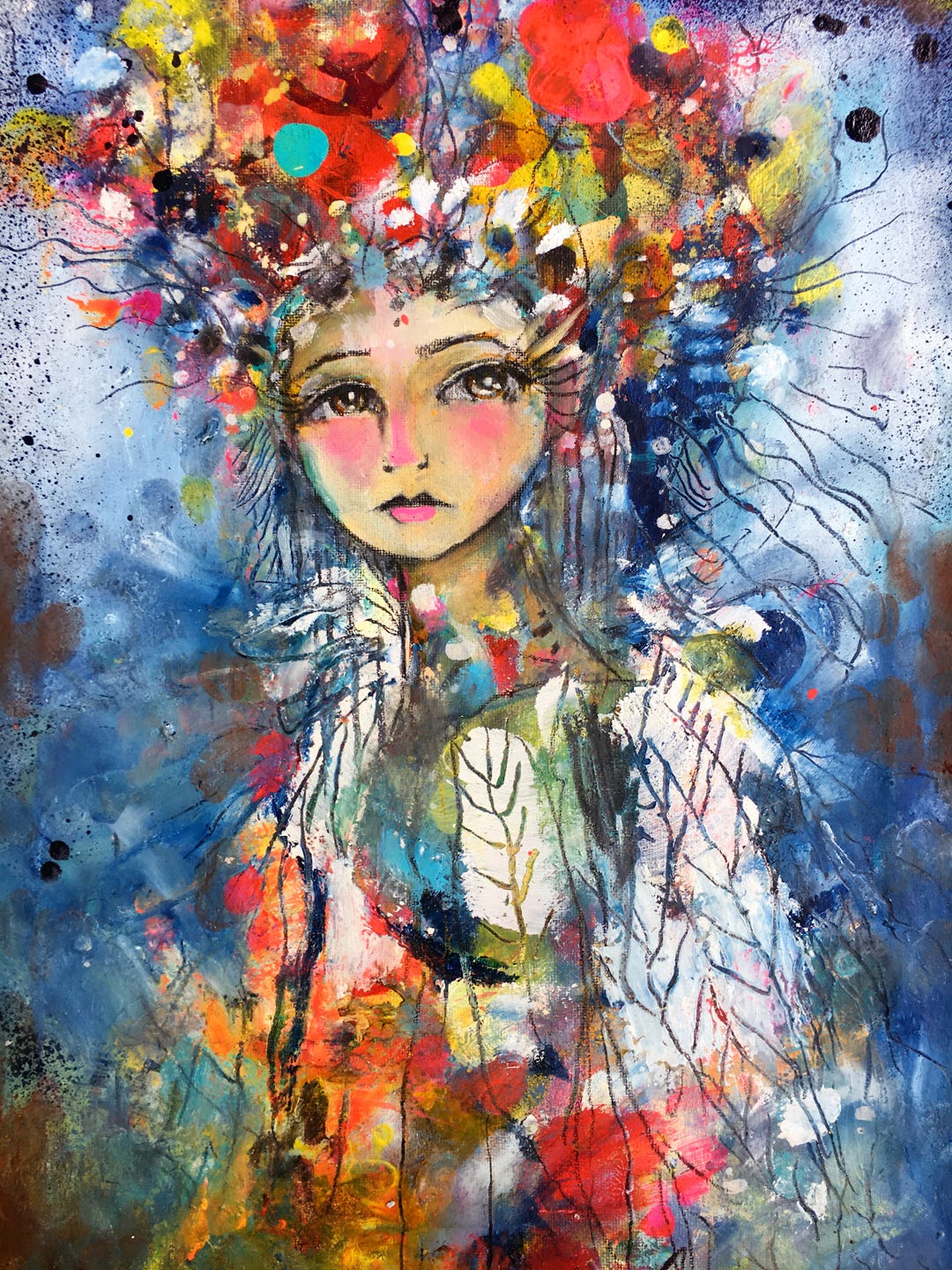
Thanks @Sandra Dingler for sharing!
Thank you for this, Juliette! I enjoy how you share your process and thoughts on creating art in such a way that it can apply to any artist media.